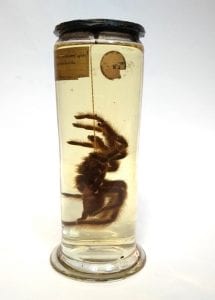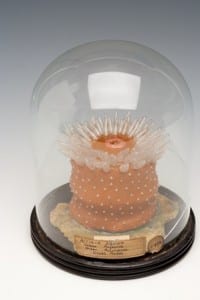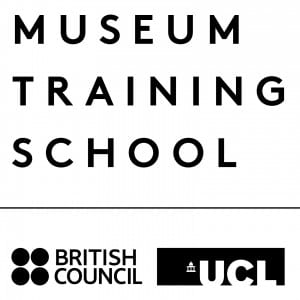Specimen of the Week 371: Reindeer skull
By Christopher J Wearden, on 14 December 2018
Good morning to our readers, on behalf of everyone here at the Grant Museum I would like to wish you all a very Merry Christmas. Today we are looking at an animal which is better known for delivering presents to children around the world than the fascinating aspects of its anatomy. This animal first became associated with a certain bearded-man-with-a-red-hat in 1823, when Clement Clarke Moore wrote the poem ‘A visit from St. Nicholas’(1). Since then the reputation has kind of stuck. Hopefully today’s blog will demonstrate that there is much more to love about these animals than just the work they do on Christmas Eve. Without further ado let us introduce our festive friend all the way from the North Pole, it’s our very own…
 Close
Close










